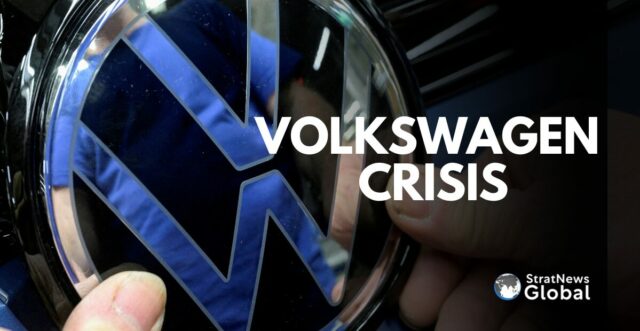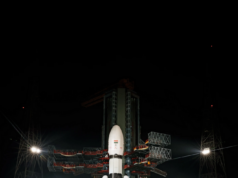In May, Volkswagen finance chief Arno Antlitz warned that Europe’s top carmaker had about two or three years to prepare
This week, he cut that already-tight timetable by a year, sending shockwaves through the global auto sector. He threatened to shut plants in the company’s home market for the first time.
Reducing Costs Due To Competition
While many of Volkswagen’s challenges have plagued it for a while, two recent developments have made things worse for the German group. From a weakening Chinese market to a slower than expected switch to electric vehicles, VW is battling multiple issues.
First, concerns have grown that Asian rivals, including BYD, Chery and Leapmotor, could speed up plans to build production capacity in Europe. This is if Brussels goes ahead with planned hefty import tariffs on China-made EVs.
Second, Volkswagen recently cut prices for VW brand cars to counter tougher competition. This move has cost the company hundreds of millions of euros in profits, works council boss Daniela Cavallo said.
The discounts were steeper than originally anticipated. They even convinced management that the high cost base in Germany is jeopardising Volkswagen’s ability to compete with more agile rivals, a company source said.
The source declined to be identified due to the sensitivity of the matter. Volkswagen declined to comment.
Coming on top of restructuring expenses, the discounts have undermined the VW brand’s efforts to reduce costs by more than 10 billion euros ($11 billion) by 2026.
As a result, the VW passenger car brand saw its profit margin crash to 0.9% in the second quarter from an already meagre 4% in the first.
Competitive Profit Margins
By comparison, margins at Renault and Stellantis, the two other big European volume carmakers, were 8.1% and 10% respectively in the first half of the year.
VW’s squeezed margins have stoked fears of what could happen when they produce locally in future. This comes at a time when Chinese rivals have increased imports into Europe.
After all, carmakers – including the Chinese – are competing for a smaller piece of the pie: Europe’s car market is 13%, or two million vehicles, smaller than before the pandemic, CFO Antlitz said.
Citing the numerous challenges, DZ Bank analyst Michael Punzet said he expected Volkswagen to cut its full-year group margin target again when it publishes third-quarter results.
It already slashed the target to 6.5-7.0% in July due to provisions over the possible closure of a Brussels factory of luxury subsidiary Audi.
Fight Over Cost
As demand shrinks, selling mass-market cars has become a fight over who makes them at the lowest cost.
“The thinking of finding solutions through growth is gone. Everyone is losing share, and companies need to readjust,” Jefferies analyst Philippe Houchois said.
Antlitz said this week that the VW brand – which accounted for more than half of group production last year – had been spending more money than it earned for some time, adding the company would not succeed if that trend continued.
Volkswagen’s automotive cash flow, a key gauge of operating health, turned negative in the first half of 2024 to minus 100 million euros, against a positive 2.5 billion in the same period last year.
Fierce Competition
Profits from China, Volkswagen’s single biggest market, have nearly halved over the past decade to 2.6 billion euros in 2023. Expected to rise to around 3 billion euros by 2030, they will barely recover.
Another big problem is energy and labour costs in Germany, which are among the highest in Europe and have also become a major headache for the country’s chemicals and steel sectors.
“New cheaper competition, higher energy prices, and high labour costs all align for a very difficult outlook especially for European mass brands,” Citi analysts said this week.
(with inputs from Reuters)





